Sweden: Abisko: Packing right for a trip to the Arctic
Plan to see the Northern Lights and visit the Arctic in winters? Ensure that you do not turn into ice candy – pack wisely for the trip.
Seeing the Northern Lights dance was on Ankur’s bucketlist. We had figured out that the driest place in Northern Europe is Abisko. It is said that if you stay there for 4 nights (during winter), there is a 60% chance that you will see the aurora borealis. But we had to be there in winter – The average temperatures in winter are between 10 to 30 degrees Celsius – below zero. That is cold – serious cold!
When you cross the Arctic Circle, you are much closer to the North Pole than most people on earth. Excited! Initially, the air feels cold and crisp. In a while, you realise that the moisture in your nose in freezing into icicles. Your breath on the muffler leaves a frosty circle on the fabric! It is COLD!
Winter: It’s just like Narnia!
If you have seen the first Narnia movie ‘The Lion, the Witch and the Wardrobe’, you will know what the Land of the White Witch looks like! But off course, it is white… and covered in snow!
There is snow all around. The lake is like s sheet of ice and you can drive a car over it. Riding a snow mobile over the frozen river is an easy route in winters – ‘short cut’, as many would want to call it.
The waterfalls that cascaded in spring are frozen. The trees are bare : frost and icicles glisten in the early morning Sun like tiny diamonds. Its different than anything a tropical creature like me would have ever seen! And its colder than the freezer in my fridge!
Be an onion: Layering does the job!
We exchanged a few mails with a couple of locals in Abisko and we told that we would need at least 4 layers to face the chill in the open as we had planned outdoor activities. Layering ensures that you trap your body heat within layers and use air and an outer shell as an insulator. Here are the fundamentals of layering in brief:
- Innerwear/Base Layer : This is the wicking layer. The purpose of this garment is to draw sweat away from the skin. Wool is great for this purpose and Ankur preferred to stick to the traditional method of using a woollen inner. I used an inner wear made by Uniqlo – synthetic material and I would highly recommend the same – great wicking properties, allows easy movement and light weight. Do not use cotton as the base layer. It absorbs sweat and becomes moist.When you step out in the cold, the moisture feels like a sheet of cold water embracing your skin and does not let your body warm up, even if you have a really thick outer layer.
- T-shirt/Mid Layer I: Most places are centrally heated and the temperature indoors is typically 20 degrees Celsius. You wouldn’t want to look like a caterpillar in your base layer (after you throw off your outer jacket)? Its a good idea to wear a comfortably fitted T shirt on the base layer. This layer also traps some air, which acts as an insulator and conserves body heat. Best to wear fabric that allows some amount of wicking.
- Mid Layer II: This layer provides further insulation. Fleece and wool are good alternatives. Ankur and I both bought a fleece jacket each (basic ones costing about USD 12- 15 each), which was a great idea. The fleece kept us warm and comfortable. We did carry a sweater each as well, but recommend a fleece for higher comfort.
- Outer Shell: We were asked to invest in a good quality down jacket, preferably something that could withstand a gust of wind, a little snow and mild rain. Considering that we would never use this again (unless we plan a winter trip sometime soon), we did not want to invest too much in it. We bought Karrimor down jackets – I bought a knee length one and Ankur bought a regular jacket. We picked up the jackets in summer – clearance sale…managed a good deal!
No jeans please!
Denim is cotton – bad idea for the base layer. Not a great idea as an outer layer as well. If it does get slightly wet, and you step out in the cold, the water freezes and makes the fabric like cardboard. We took a couple of track pants along. Our guide at Abisko was insistent that we buy ski pants for the shell layer- great idea and highly recommended. Again, good deals if you buy winter wear in summer!
Avoid brain freeze – a good hat/cap is a must!
A warm wooly cap is a must have! I had a sherpa cap from Nepal, which covered my ears as well. We bought Ankur a balaclava before we left. Ankur was sure he would not wear it – it messes his hair and cramps is style. All those ideas are put to rest if the surrounding temperature is causing your grey matter to freeze!
Accessorise
Ear muffs and a good scarf/muffler are a must have – not for fashion, but to ensure that air pockets are well insulated.
Clap your hands… and have ‘Happy Feet’!
We wore two layers on our hands, the outer shell being ski gloves, base layer being fleece liners.
I have a ‘cold feet’ problem, which, in my defence, is temperature driven. I wore two layers of socks – knee high ski wear socks came to my rescue.
Ankur and I both had Quechua ankle high outdoor boots which were great to walk in the snow. For activities that you may want to do, it would be good to take the gear from the activity organisers.
Chemicals aren’t always bad – Hand/Feet warmers
For a cold night of aurora watching, when you may have to stand in the snow for a couple of hours, it is worth buying the hand and feet warmers. Just open the pack, shake the warmer and shove it your gloves and boots. It’s like the sun is shining on your extremities!
Wash and Wear
Most hostels in Abisko have a washing machine with a well equipped drying room, which has a heater and a fan. It does not make sense to lug around too much, especially when your suitcase does not roll well on ice and snow. We always prefer travelling light – wash and wear works really well for us.
We shopped online… we shopped offline… a friend shopped for us in London….
For our trip, which was scheduled for February, the gear was bought in August – summer stock clearance sales – value for money.
All those at the Equator and in the Tropics, its time to add to your winter collection if you intend to witness the Aurora Borealis/Aurora Australis!As always…send me an e-mail if you need any further details. Glad to help!
Let the travellers’ tribe grow!




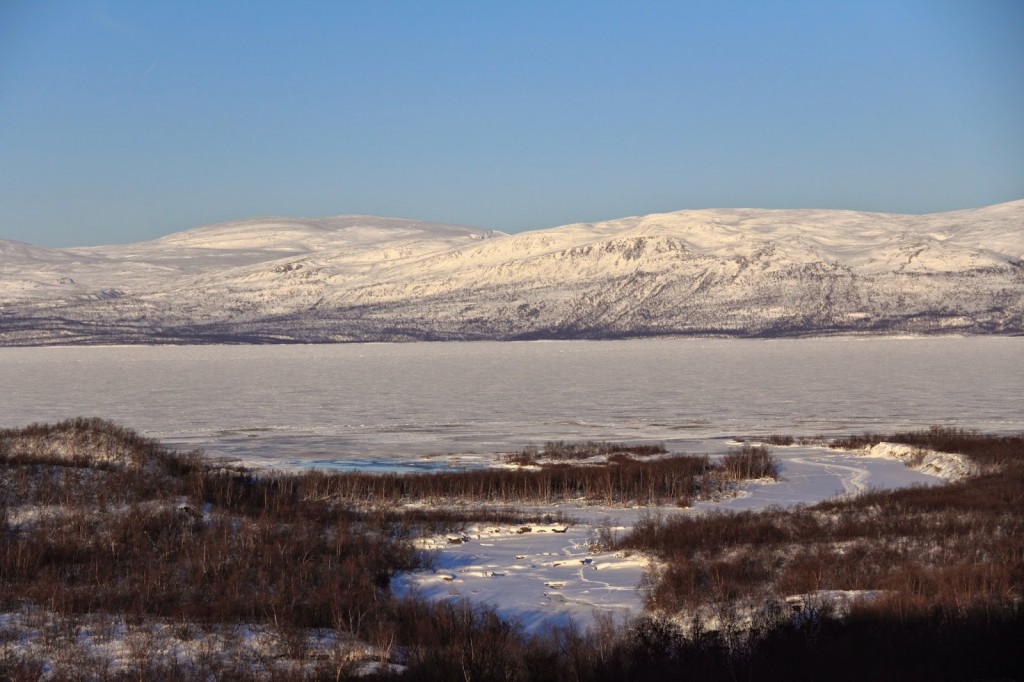

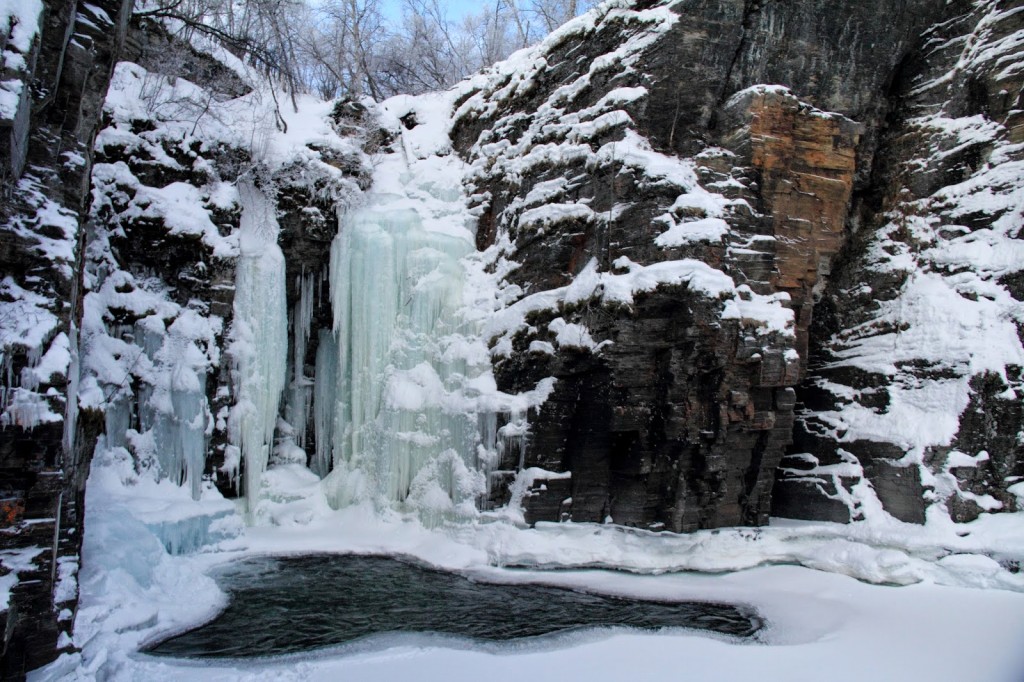
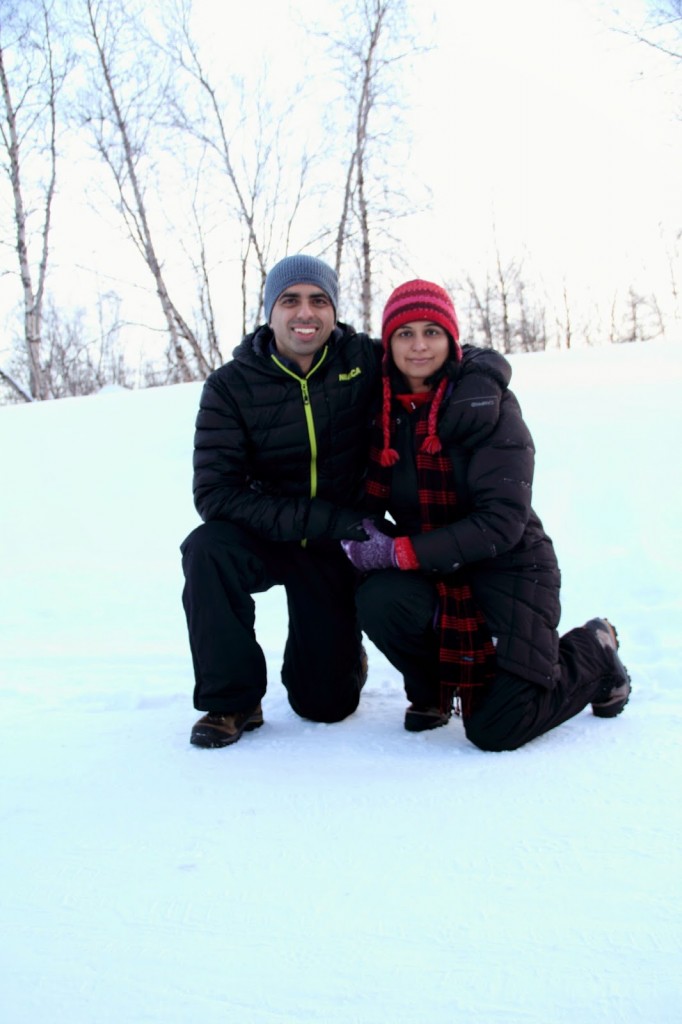











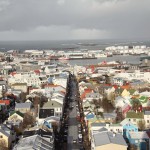
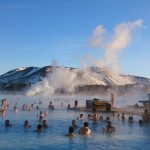

Great tips and photos from the arctic. I went to Iceland and I was lucky to see Aurora Borealis on the second night! What an experience! And, luckily, it wasn't too cold!
Thanks Tom!
We were in Abisko for four nights and saw the lights on three. I am sure we were really lucky!
I have heard that the weather in Iceland is slightly more comfortable. Iceland is on our list too!
great post! i myself headed to abisko in december. my friend and i are staying for 5 nights and we really hope to catch a lot of northern lights photos. I’m doing mostly online shopping now for my winter gear. any other tips you have for a first timer like me? like what other accessories should i bring? how should i be packing? how many bags did you packed? thanks!!
We carried one big bag each. Suggest carrying at least 5 layers, the last one being a good quality down and the innermost one being good woollen inner wear….top and bottoms. Always helps to have a cushioned ski pant. No jeans please …they freeze!
does the columbia omni heat waterproof shoes work there? i mean do you think it would work for 2 days of snow walking and waiting for the northern lights at night? thats what is available here in singapore and its on sale! hahaha
this is so helpful – thank you for posting this! heading to Tromso and Svalbard in a few weeks and I was so worried about what to pack!
Great post for the first timers! Heading to Abisko on Christmas. Looking forward to experience Aurora, one of the natural wonders!!